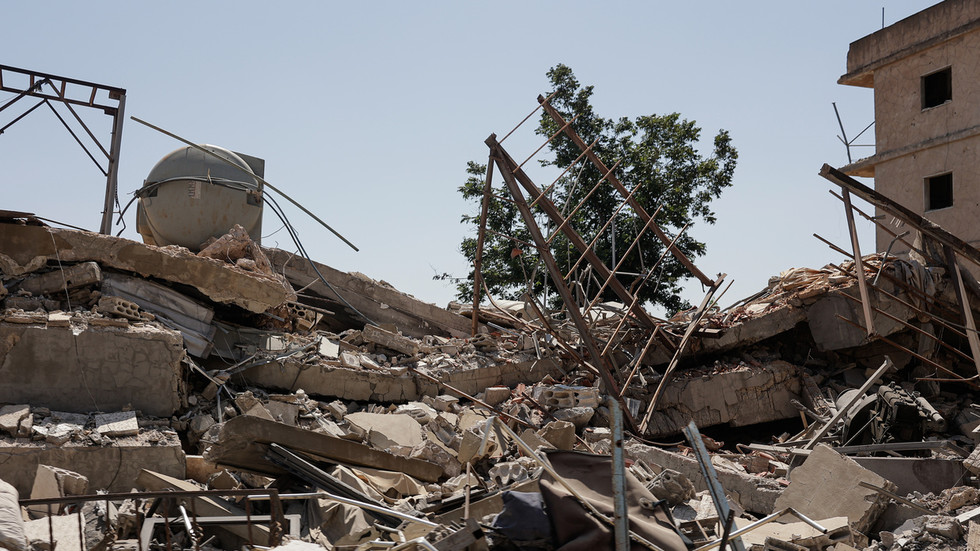Tensions between Hezbollah and Israel have markedly intensified following claims by Hezbollah of ceasefire violations by Israel. According to reports on Monday, Hezbollah launched a “preliminary defensive response” against Israeli attacks, marking the group’s first major counteraction since the ceasefire came into effect the previous week. In response, the Israel Defense Forces (IDF) conducted airstrikes targeting numerous missile launchers and Hezbollah infrastructure in Lebanon. The exchange of fire indicates a quick deterioration of the fragile truce that has only been in place for a short duration, raising fears of a renewed cycle of violence between the two entities.
Israeli officials, including Foreign Minister Gideon Sa’ar, maintain that Israeli actions are in compliance with the ceasefire and are merely retaliatory measures against what they describe as Hezbollah’s violations. Sa’ar asserted on social media platform X that Israel is committed to enforcing the ceasefire, despite the ongoing hostilities that have reportedly seen Israel violate the terms “approximately 100” times since the agreement began. These assertions come amid reports from the United Nations peacekeeping forces in Lebanon (UNIFIL), raising international concerns regarding the potential for increased instability in the region, with fears that the temporary peace could collapse under continued aggression.
The escalation of violence can be traced back to October 2023, when Hezbollah began responding to the conflict in Gaza by launching sporadic shelling into Israeli territories. The tensions prompted a limited ground operation by Israel in southern Lebanon early in the month, during which the IDF ramped up its airstrikes across Lebanese cities, targeting key figures within Hezbollah, including some of the organization’s top leadership. The combination of ground and air operations has not only exacerbated the conflict but has also raised the stakes for both parties involved as the situation grows increasingly volatile.
Under the terms of the ceasefire agreement, the IDF is obligated to withdraw from Lebanon within a designated 60 days timeline, with the expectation that control of the territory will be transferred back to the Lebanese military. An international committee is expected to oversee any allegations of violations by either party during this period. However, the recent flouting of the ceasefire has put the future of this arrangement in jeopardy. The challenges surrounding enforcement and compliance highlight the difficulties in sustaining peace in a region rife with historical animosities and complex political dynamics.
Moreover, the involvement of external powers and observers further complicates the situation. US officials have expressed growing apprehension regarding the ongoing Israeli military actions in Lebanon, emphasizing the need for all parties to adhere to the terms of the ceasefire to prevent escalation into broader conflict. With various forces at play, including Hezbollah backing from Iran and military support for Israel from the US, the conflict has the potential to draw in more actors and widen the scope of hostilities if a resolution is not effectively navigated.
As the situation develops, both Israel and Hezbollah face significant pressures. For Israel, the legitimacy of its military operations hangs in the balance, while Hezbollah must contend with mounting internal and external pressures following its recent actions. The ongoing exchange of hostilities poses a real threat to the fragile peace that had been in place, and the next steps taken by both sides will be crucial in determining whether a return to violence can be averted or if a new chapter in the long-standing conflict will emerge. The international community remains watchful as local dynamics continue to shift, with the outcome set to have implications beyond the immediate region.

